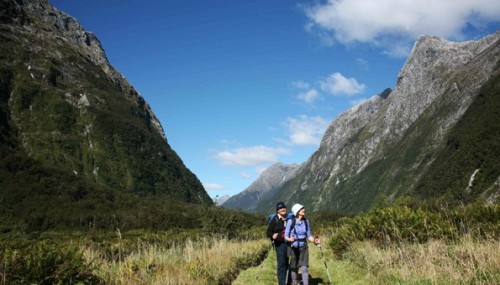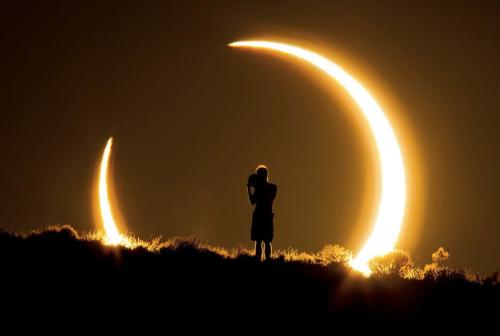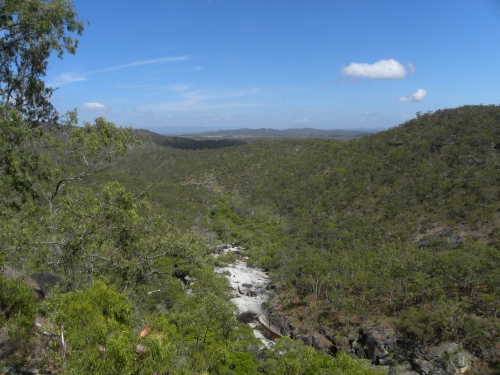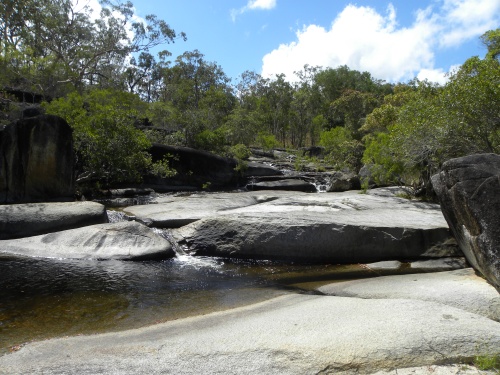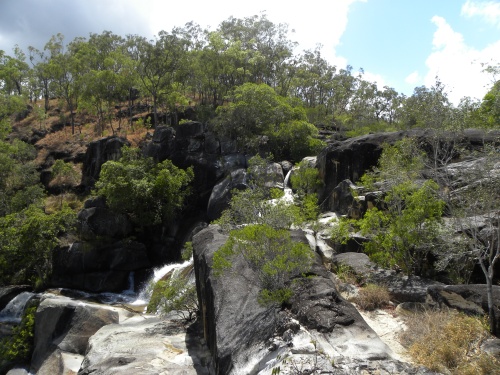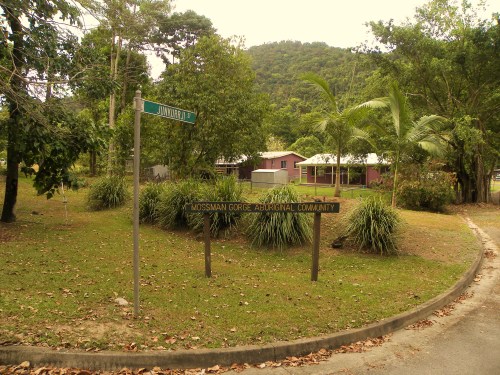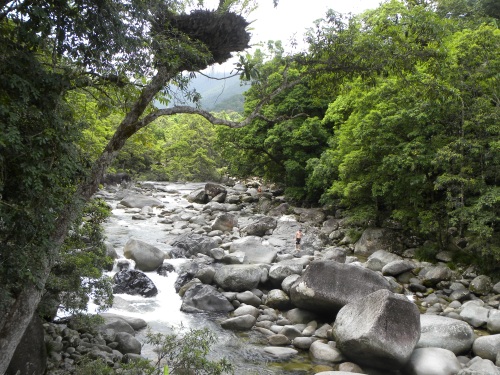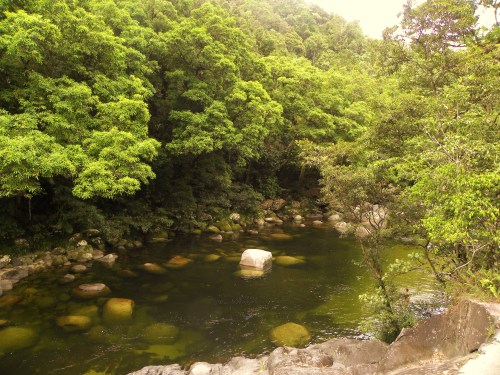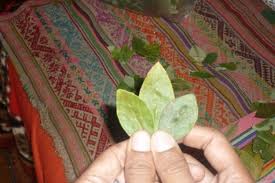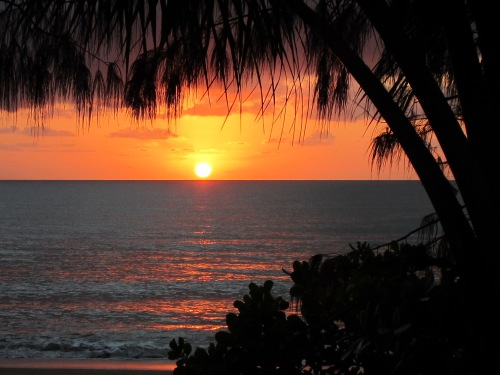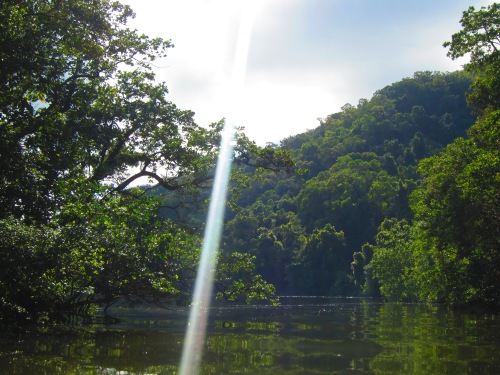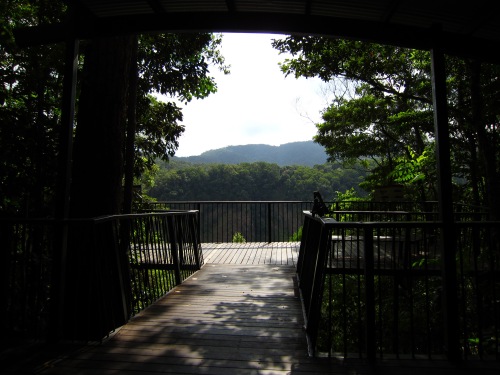I didn’t get the visa. Not the Australian residence visa but the one to visit New Zealand. We had plans to visit Mel’s friends in Auckland and also do the Milford Track in the South Island, a sort of Kiwi Inca Trail without the archaeological bits but so beautiful it actually is nicked the ‘finest walk in the world’. Had flights and accommodation booked, buses as well, etc. But the one thing we weren’t counting on was the visitor visa for me. Turns out the Kiwis are pretty thorough on their visa procedures and they do not joke around with the subject, no matter who you are. Recently they denied a Visitor Visa to Mike Tyson. Though his refusal was on very different grounds, and by that I mean worse than mine. My refusal was due to an event that took place 11 years ago: I was deported from the Netherlands.
It sounds bigger than what it actually was. When I say I was ‘deported’ I have the feeling it makes me sound like I am a criminal. And when you put it next to the fact that I am Peruvian, even worse. I’m pretty sure the drug smuggling association springs to the mind of common people when I say it. Now imagine what it sounds like in the mind of a visa officer in an embassy. When you consider that the event took place in The Netherlands (where some drugs are legal), well, I just deserve an Oscar for staging quite a dramatic anecdote don’t I?
I was simply a tourist with an expired visa. And I happened to be travelling on a train between The Hague and Brussels that was searched by police looking for illegal immigrants. All this in the context of massive deportations taking place in Spain (where I was living) and an ultra right-wing government in Brussels (obviously doing the same). The policemen who detained me decided that since I was coming from The Netherlands it was the Dutch business to deal with me, so I was sent back, hand-cuffed, escorted by 3 or 4 policemen and handed over; they placed me in a detainment centre for illegal immigrants. They interviewed me, I spoke to my Consulate and was advised that nothing could be done for me. So I was deported at 21 back to Peru after 3 days detained.
At the time I thought that that was that and end of the story. Oh, how wrong I was. A deportation follows you for a long time. Sometimes I feel like I actually committed a crime. If you are wondering why am I rambling bitterly about that episode, it’s because that is the reason why I didn’t go to NZ. I declared it and they asked for documents from the Netherlands which were impossible to get in time for our attempted travel dates, and so the whole trip fell through.
The next best thing was to go to Cairns, where we had been recently and loved it. So we changed our plans and carried on with our holiday. This time we had heaps of more time than the last time we were in Cairns (which, now that I think about it, was also a visa related trip following the pressure that involved submitting the Partner Visa application). We decided that the approach to employ our time should be more balanced with one day of doing nothing (proper relaxing according to Mel) and one day of exploring the area (proper travelling according to Pepe). The question on whether to watch the birds or not was put aside since Mel got herself a pair of binoculars (and good ones, I am a bit jealous in fact!).
We knew the rains were about to start but were not worried since checking on the weather report every day prior to the trip the results were always above 30C. We were also aware that it was low season so we didn’t expect much of a crowd there. In this last regard we were a little wrong as something unexpected was going to take place in Cairns that we hadn’t heard about: a solar eclipse. The first in ten or so years in Australia and the only total eclipse for the next years that I will be around to see one in Oz.
As soon as we arrived in Palm Cove we noticed businesses selling ‘eclipse postcards’, ‘eclipse t-shirts’ and ‘eclipse glasses’ plus other paraphernalia Asking around we learnt 3 things: that Palm Cove was the best spot to watch it, that we were gonna miss it, and that anyway everything was fully booked to its top capacity. Oh well, too bad. I also learnt that the whole Cairns area would be flooded with around 50 thousand enthusiasts. A niche of tourism I hadn’t heard of, ‘eclipse-watchers’!
We focused our explorations more on the Atherton Tablelands this time as we missed that area on our short first visit and had heard wonderful things about it. We visited Davies Creek National Park and that was a great surprise. Such a beautiful walk and almost no one to spoil it! We visited Mount Lewis too looking for birds and found heaps of Birds of Paradise (Victoria Riflebird), as well as Tooth-billed Bowerbirds and Golden Bowerbirds displaying.
We visited Mosman Gorge and its beautiful walk around the forest. It was interesting to witness that the indigenous village just before the gorge entry looks just like a village could look in the Peruvian rainforest. In general, the indigenous presence in the Cairns area is more abundant than in Melbourne, where is passes pretty much unnoticed. I am very interested in the aborigines and so seeing their villages, culture and life in a non- tourist fashion is quite enlightening. Sadly I have come to learn about their problems with alcohol abuse and how their bodies are not able to cope with it as they do not have the enzyme that processes alcohol, leading to a strong addiction to it and a quick decay of their bodies. Similar thing happens with other drugs. I have been able to witness this on homeless people hallucinating on the public transport and men drinking their fill on their own at lunchtime in pubs while playing the slots. And while of course that is not the whole of the population, it is a percentage that worries non-aboriginalAustralians too. This situation has often times reminded me of how is it in Peru, where alcohol is much-abused in indigenous communities yet this doesn’t seem to be a significant issue for the government or the rest of the population. And this leads me to think how in the History of conquests, alcohol has played a role in helping to submit the local natives to the new rulers. I guess it plays the same role today with the youth that abuses it, turning them to obedient goats. I think the one thing I would change about my youth would be precisely that, to not abuse alcohol and know that that wouldn’t make me uncool but quite the opposite.
Peru was present in the trip to Cairns in a strange fashion. We met a German…should I call him hippie to illustrate to you; a nice fella. Anyway, he was selling coconuts on his wheel barrel in Palm Cove. He looked completely out of place there, yet that may be the reason why he was so appealing to me. He told me straight away, without me asking, ‘I have a Peruvian poncho with bright colours to attract the customers’ as he chewed something. I asked ‘is that coca leaves you are chewing?’. The man nodded. I bought a coconut from him and he chipped some coca leaves in for a bargain price. Mel had never had a coconut the way I have only had them, so we sat by the ocean, and in an typical Indiana Jones moment, I opened the coconut with my Swiss army knife after sucking all the juice out of it and ate the white sweet meat.
For those of you unfamiliar with the Coca leaves, here is a little bit of the speech I used to tell my travellers when I was a Tour Leader: Coca leaves are not to be confused with Cacao beans. Both sound similar when pronounced in Spanish. The latter are used to produce chocolate and cocoa. The first is (tragically) infamous for being used to produce cocaine. Yet what is unknown of this leaf, native of Peru and Bolivia, is that in natural shape, chewed or ground or in tea, is quite healthy and in fact a super-food as some call it. Some of its many properties are to be a great energy booster, to take away appetite (this is particular useful when you leave in the mountains and have to work far from home in the field), to help adapt to high-altitude conditions, helps protect teeth and gives you all your daily requirements of Vitamins A, B, B12, C, E, Minerals (Zinc, Magnesium, Potassium, Calcium) and others in just 2 grounded teaspoons or the equivalent of chewed leaves. In Peru and Bolivia it is considered sacred by the indigenous people and in fact it is a huge part of their culture. Why then, you may wonder, it is forbidden? Well, you may ask that to the geniuses who insist in waging their ‘war on drugs’ and spend billions of dollars on it, when the true fact is that that huge effort is just a scratch on the arm of the drug industry that uses Coca leaves that they buy from poor farmers to produce cocaine. Had all those millions be spent on improving the conditions in which those farmers live and you would have no one to supply the drug-dealers with their prime matter. Or you would have it easier to locate who is supplying it. Makes sense?
How do they make the drug then? By isolating the cocaine (an alkaloid from coca just like caffeine is an alkaloid from coffee) when mixing the leaves with kerosene, and later solidifying that mix with Clorhidric Acid, Sulphuric Acid, Benzine and at least 10 other super toxic chemicals. That’s what makes it harmful and addictive, not the pure natural cocaine. No one has died of overdose from chewing coca leaves (not that you wanna try chewing them to death to prove me wrong, that would miss the point).
Another famous product made from Coca leaves, perhaps more even so than cocaine, is Coca-Cola. COCA-Cola, uses the leaves in its recipe in a synthetic formula that eliminates the cocaine alkaloid from it, hence they do not get in trouble. Because what is forbidden in fact is the cocaine alkaloid, not the leaves themselves. And according to American law, you can’t sell a product named after an ingredient that does not have that ingredient. So Coca-Cola uses coca leaves and they get them from Peru.
So why can’t the rest of the world use such a nutritious and healthy natural product? Once again, logic fails to help. Luckily, you can find so-called hippies like that German mate who, in true coca fashion, just handed me a bunch of coca leaves as native Peruvians do when they greet each other (they exchange coca leaves instead of shaking hands). Those leaves were most helpful when we woke up early to go watch birds. I chewed them, Mel instead loves the tea.
That lucky encounter awoke a thirst for the sacred Incan leaf that lead me to find that our favourite breakfast spot, Vivo (Spanish for ‘alive’), had Pisco liquor and, more importantly, Peruvian Pisco, as well as Coca Leaf liquor. So Vivo became our favourite dinner place too!
The trip was great and we really made the best of our stay. We returned to Melbourne fresh, rested and tanned- that’s important, especially for a gringo like me who looks pale as a radish in Peru. Here I actually am a brown-skinned in comparison.
Once back we started planning our next big adventure: the return to my home country! We plan to visit Peru in 2013 and bring my mother in law to travel with us and meet my family. Hopefully that trip won’t bring any complications. You would think ‘but you are going back to your OWN country, you couldn’t have ANY complications’. I in fact need a visa to leave and return to Australia until I get my residence assessed.
Or maybe by 2013 the world will have already started changing in a way I dream of, and people won’t need visas anymore. Maybe Australia would be the first country to welcome such measures. After all, isn’t Australia a country that has moved ahead after being founded by convicts? If, speaking metaphorically, our past is not to be forgotten, let it at least be forgiven so that we can all move on.

